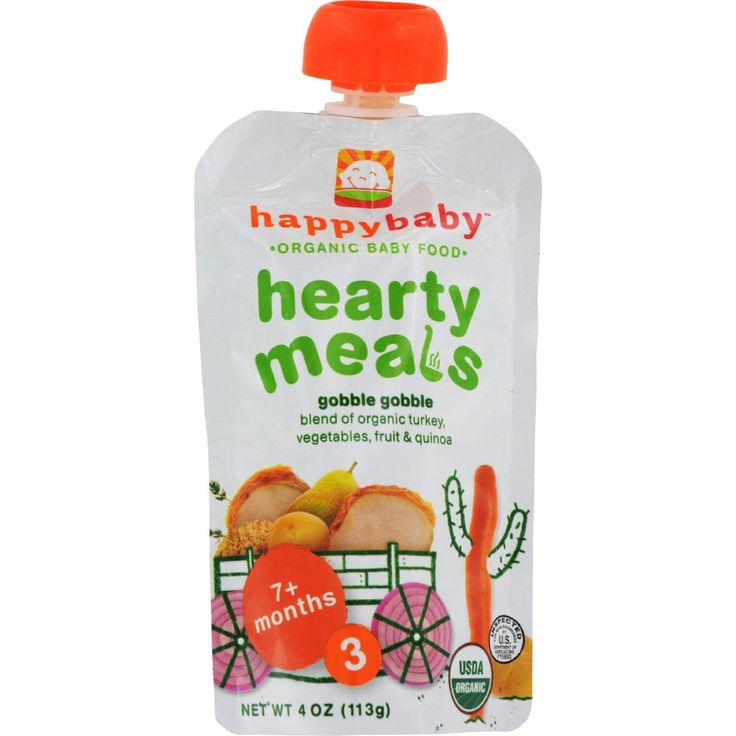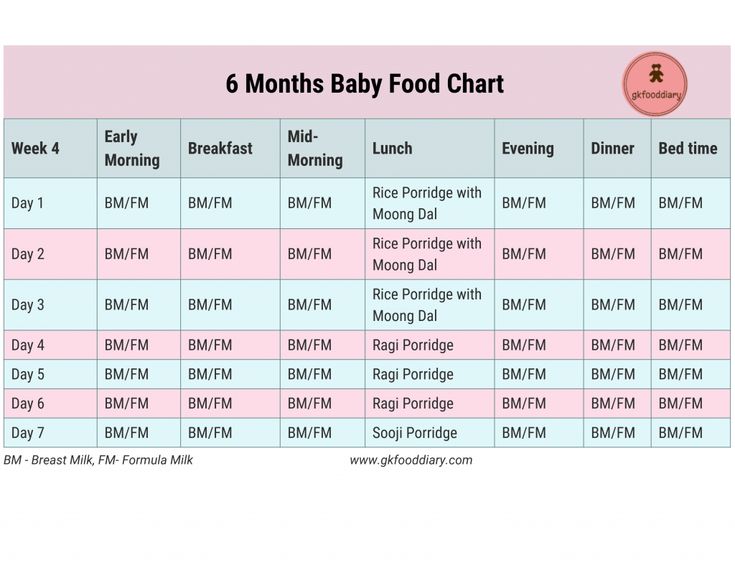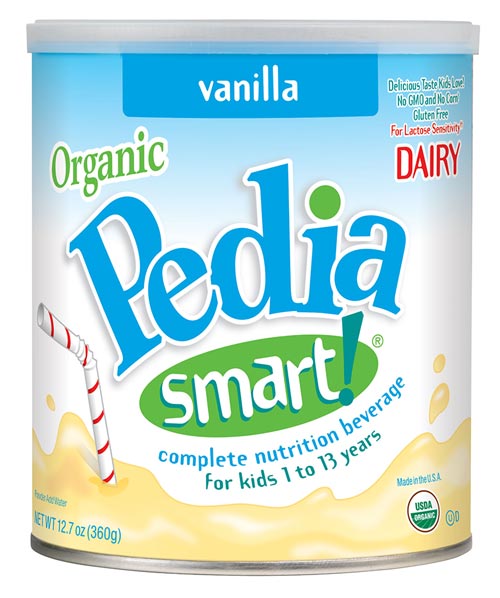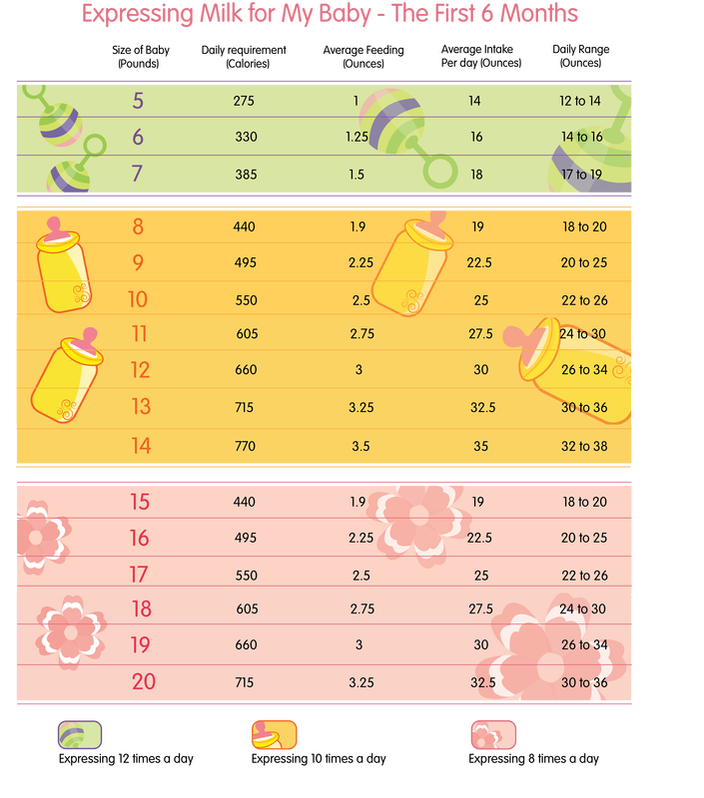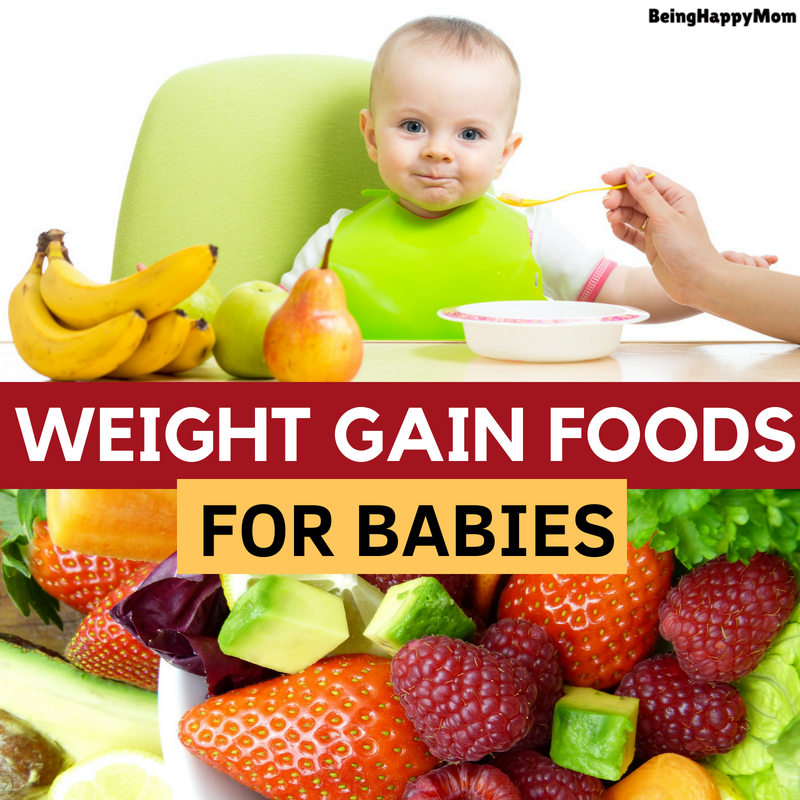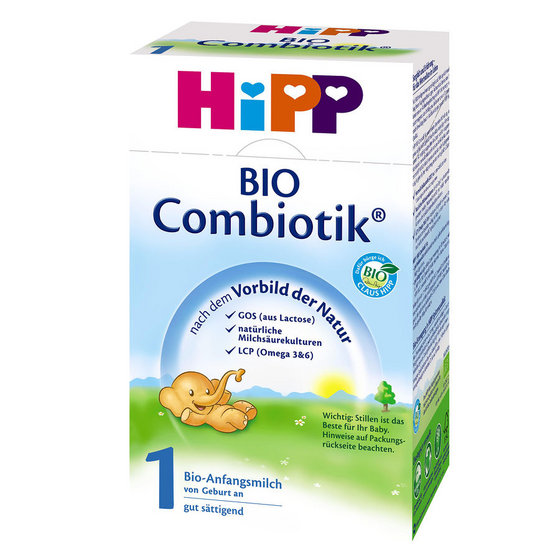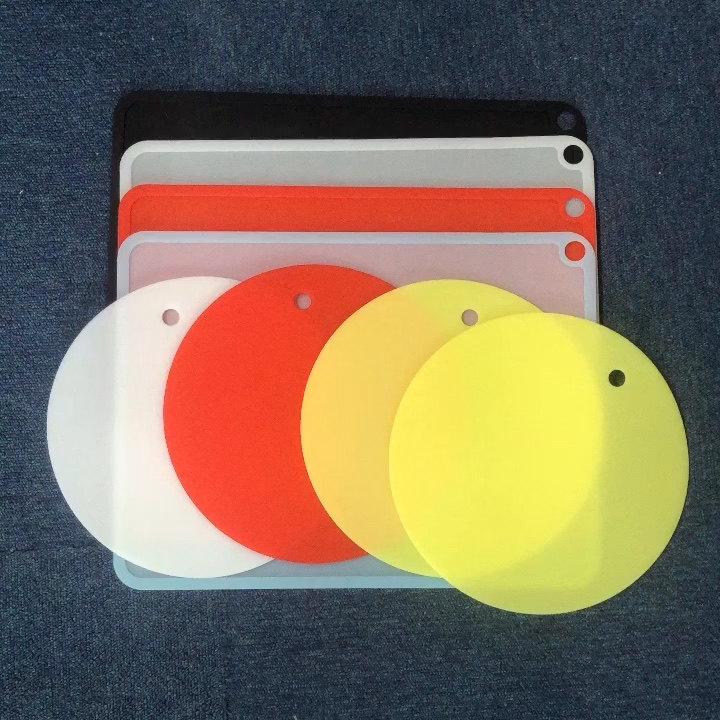High risk allergy foods baby
Common food allergens and kids
Share:
Sharing new foods with your baby is an exciting milestone. Unfortunately, amongst the fun of watching your child experience new tastes remain questions and fears about food allergies. Recommendations of when to introduce certain foods seem to change often, and for many parents, it can be confusing to know what is best for your child at each age.
April Clark, registered dietitian with the Food Allergy Center at Children’s Health℠, offers tips on when and how to introduce the top allergenic foods.
How to decrease the chance of food allergies in kids
The eight most common food allergens include: cow’s milk, eggs, peanuts, soy, tree nuts, finned fish, shellfish and wheat (gluten). According to the FDA, they account for approximately 90% of all food allergies in the United States.
Previously, the American Academy of Pediatrics (AAP) recommended that the introduction of certain highly allergenic foods be delayed in high-risk children. However, the AAP now recognizes that early introduction of peanuts decreases the chance of developing peanut allergies. Clark recommends following new guidelines to slowly introduce allergenic foods after the addition of solid foods, which often occurs during a baby’s first 4 to 6 months.
Tips on introducing new foods
Clark recommends that any of the foods noted below should be introduced one at a time, and parents should carefully observe their child’s reactions. Foods should first be given as single ingredients – not as part of a recipe like eggs in a baked good. They can also be given with complementary fruits and vegetables that have already been proven safe.
If there isn’t an allergic reaction once a food is introduced, continue including it at least three times a week in your child’s meals to ensure the best results. There isn’t a firm deadline to stop serving the foods. Instead, Clark notes that a healthy, well-balanced diet should normally contain variations of these common foods.
- Cow’s milk (dairy) may be one of the first allergies to be noticed, as many formulas are made with milk. Unlike the other foods listed, experts recommend waiting until after age 1 to introduce cow’s (whole) milk into a child’s diet. Instead, Clark notes babies eating solid foods should try yogurt or cheeses.
- Eggs are an excellent source of protein for growing children. Clark recommends either scrambled eggs or pieces of hard-boiled eggs. Depending on the child, they may enjoy the squishy texture and prefer to feed themselves.
- Peanuts or peanut butter are another reliable source of protein. Do not give whole or even peanut pieces, as they can be a choking hazard; instead, peanut butter is a safer alternative, but the thick consistency can be difficult for most children to swallow. Clark recommends melting down the peanut butter with warm water or adding it to a fruit or veggie puree. If a child has severe eczema, and/or already has been diagnosed with egg allergy, they should be evaluated prior to peanut introduction.

- Soy is another allergy that is noticed early due to formulas with a soy base. Protein-packed tofu and edamame (soy beans) can be introduced when your child is ready. They are great options for self-feeding. Like cow’s milk, Clark says parents should not offer soy milk until after age 1.
- Finned fish and shellfish (shrimp, crab, clams, etc.) can be introduced as a puree around the 4 to 6-month mark, or in bite-size pieces once your child is ready. In addition to possible allergies, the AAP warns parents not to serve raw or undercooked items due to possible bacteria or viruses that can make your child seriously ill. Also, the AAP notes children shouldn’t eat more than 12 ounces of fish a week due to concerns about traces of mercury in fish or shellfish.
- Tree nuts (almonds, cashews or walnuts) follow the same guidelines as peanut and peanut butter above.
- Wheat (gluten) can be introduced as finger foods in teething biscuits, puffs and crackers that contain wheat.

Signs of a food allergy
Clark notes children with a first-degree relative (parent or sibling) with allergies are more likely to also have food allergies. Children (and their parents) who have a history of severe or recurring eczema and/or asthma are also at a higher risk to develop food allergies. If your child has any of these factors, you many want to consult your pediatrician for guidance on the best way to proceed.
Allergy symptoms and reactions can vary between children and may appear differently, depending on the age. Reactions can develop minutes after the food is ingested, or there may be a delayed reaction a few hours later. Clark cautions anyone can have a severe reaction at any time, and recommends following guidelines developed by Food Allergy Research & Education (FARE) to identify an allergic reaction. See FARE's list of symptoms here.
What to do if an allergic reaction occurs
Contact your pediatrician if your child has a mild allergic reaction and it is not an emergency.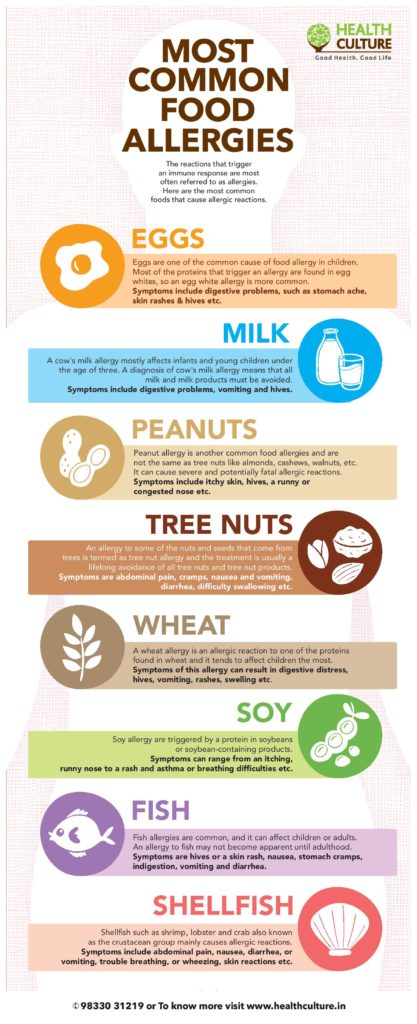 Call 911 immediately for severe and life-threatening reactions.
Call 911 immediately for severe and life-threatening reactions.
If you suspect your child has a food allergy, Clark recommends seeing a board-certified allergist to discuss your concerns. Bring any information about the food, the reaction and your family history to the appointment. The physician will likely take a detailed medical and diet history, and recommend appropriate testing that’s specific to your child’s symptoms and suspected food allergens. Your allergist will be able to manage the diagnosis and answer any questions. Specialists can also provide useful information like recipes and food allergy guidelines.
Download your guide to allergen-free lunches
Looking for tips to pack allergy-friendly school lunches? Download the Parents' Guide to Allergen-Free Lunches for kid-friendly recipes that are free of the top eight food allergens. Download now.
Learn more
Food allergy experts at Children’s Health can help with testing, questions and offer patient resources. Learn more about our program and services.
Learn more about our program and services.
For more information, please see the following additional references:
- Food Allergy Research & Education (FARE)
- Instructions for feeding peanut butter and recipes
- Additional information about introducing peanut butter
- LEAP study in the U.K. (Learning Early About Peanuts)
- Recommendations from the AAP for introducing food
Children’s Health Family Newsletter
Get health tips and parenting advice from Children’s Health experts sent straight to your inbox twice a month. Sign up now.
Baby Food Allergies: Identifying and Preventing Them
Written by Gina Shaw
In this Article
- Start Gradually to Identify Any Food Allergies
- Babies and Allergies: The Top 8 Allergenic Foods
- Food Allergy Symptoms to Watch for in Your Baby
- Severe Food Allergy Symptoms: When to Call 911
- Dealing With Mild Food Allergies in Baby
- The Family Food-Allergy Connection
- Protecting Baby Against Food Allergies: Easy Does It
Starting to feed a baby solid foods is an exciting milestone for parents.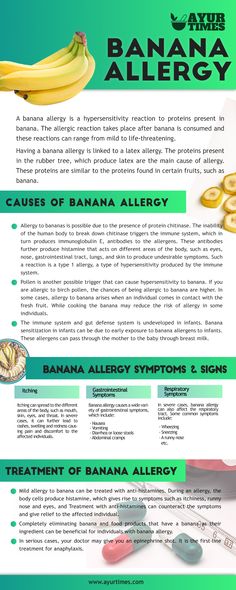 However, it comes with a lot of questions and concerns, especially about food allergies. What foods are most likely to cause allergies in babies? How do you avoid them?
However, it comes with a lot of questions and concerns, especially about food allergies. What foods are most likely to cause allergies in babies? How do you avoid them?
Emerging research has shown that introducing multiple foods together is safe, and may help the immune system have a lower risk of developing food allergies, but more studies are needed. Check with your doctor for what’s best for your baby.
Start Gradually to Identify Any Food Allergies
It’s most important to introduce a baby to new foods gradually, one at a time, in case of food allergies. If not, a parent may have trouble tying an allergy to a specific new food. For example, if you give your baby three new foods over the course of a day and they develop an allergic reaction, you won’t know which of the foods provoked it.
The type of food or the order in which food is introduced is not much of a concern, as long as the foods you are offering are healthy and well-balanced for the baby. Each time you offer a new food, you should wait three to five days before adding another new item to the menu. Don’t eliminate the other foods your baby is eating during that time; you already know these are safe because the child has not had any food reactions up until now. Just don’t add anything else new.
Don’t eliminate the other foods your baby is eating during that time; you already know these are safe because the child has not had any food reactions up until now. Just don’t add anything else new.
Babies and Allergies: The Top 8 Allergenic Foods
With any new food, you’ll want to be on the lookout for any allergic reactions. There are more than 160 allergenic foods; certain foods may be more allergenic than others. The following eight foods and food groups are known to possibly cause problems with allergic reactions possibly up to 90% of the time.
- Cow's milk
- Eggs
- Peanuts
- Tree nuts (such as walnuts or almonds)
- Fish
- Shellfish
- Soy
- Wheat
New nutrition guidelines from the American Academy of Pediatrics say it's okay to introduce these allergy-causing foods when your baby is ready to eat solids. There is no evidence that waiting until the baby is older prevents food allergy. If you believe your baby has an allergic reaction to a food, such as diarrhea, rash, or vomiting, talk with your child's doctor about the best choices for the diet.
Within a few months of starting solid foods, your baby's daily diet should include a variety of foods, such as breast milk, formula, or both; meats; cereal; vegetables; fruits; eggs; and fish.
Food Allergy Symptoms to Watch for in Your Baby
Food allergy symptoms usually appear very soon after the food is eaten -- within a few minutes to a couple of hours. If you’re introducing a new food to your baby, keep an eye out for these symptoms:
- Hives or welts
- Flushed skin or rash
- Face, tongue, or lip swelling
- Vomiting and/or diarrhea
- Coughing or wheezing
- Difficulty breathing
- Loss of consciousness
Severe Food Allergy Symptoms: When to Call 911
Severe allergic reactions can be fatal very quickly. If your baby is having trouble breathing/wheezing, has swelling on their face/lips, or develops severe vomiting or diarrhea after eating, immediately call 911. You can inform your pediatrician at a later time.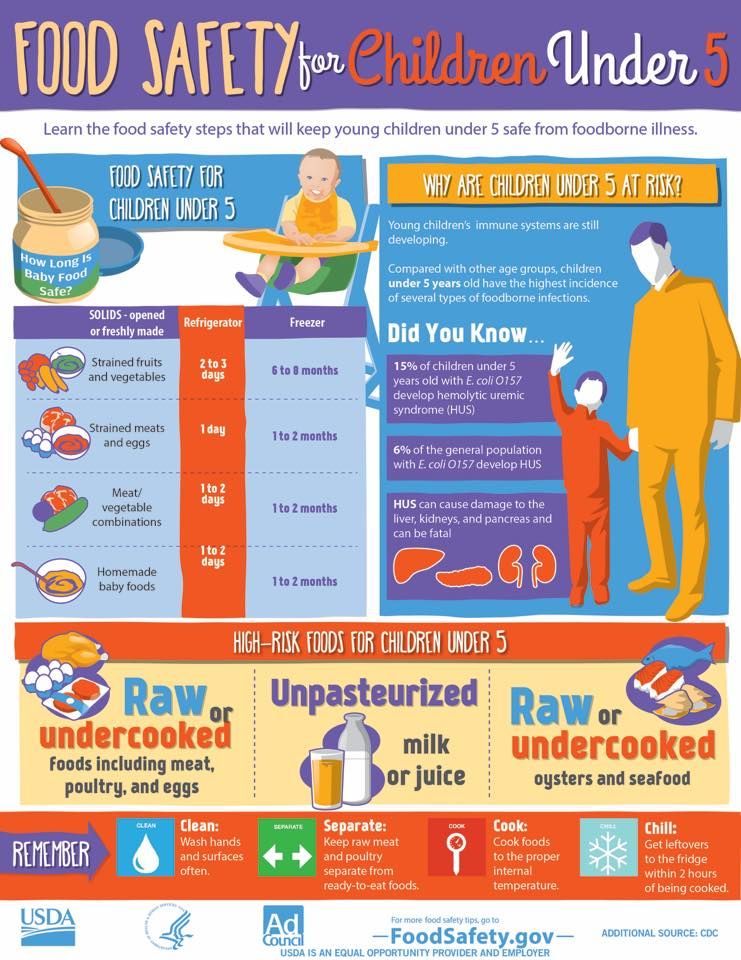
Dealing With Mild Food Allergies in Baby
If you see mild symptoms, such as hives or a rash, contact your pediatrician for further evaluation. The doctor might refer you to an allergist (allergy specialist doctor), who will ask more questions and do a physical exam. The allergies may order diagnostic tests such as:
- A skin test. This test involves placing liquid extracts of food allergens on your child's forearm or back, pricking the skin, and waiting to see if reddish raised spots form within 15 minutes. A positive test to a food only shows that your child might be sensitive to that food.
- Blood tests to check the blood for IgE antibodies to specific foods
Remember, just because a baby’s initial allergic reaction to a new food may be mild, it may get worse upon following exposures. Talk to your pediatrician about any food allergy symptoms in your baby.
Some allergies go away with time. Egg and milk allergies often go away as children get older, but peanut, tree nut, and shellfish allergies tend to persist. That said, research shows that in the case of peanut allergies, peanut immunotherapy drops administered under the tongue are safe and effective as treatment for peanut allergy, even in children as young as 1. They were also found to help significantly desensitize the patients to peanuts.
That said, research shows that in the case of peanut allergies, peanut immunotherapy drops administered under the tongue are safe and effective as treatment for peanut allergy, even in children as young as 1. They were also found to help significantly desensitize the patients to peanuts.
The Family Food-Allergy Connection
If there is a family food allergies, your baby has an increased risk of also developing allergies, although it is not a certainty. If you have the allergies, the odds are 50-50 for them to have them as well.
It’s best to introduce the 8 allergens gradually, at one-to-two week intervals over time so that you can recognize if an allergy develops.
Protecting Baby Against Food Allergies: Easy Does It
In a reversal of earlier policy, the American Academy of Pediatrics is now recommending that potential allergens be introduced to your infant earlier rather than later. In doing so, the move may actually help prevent them from developing allergies to those foods.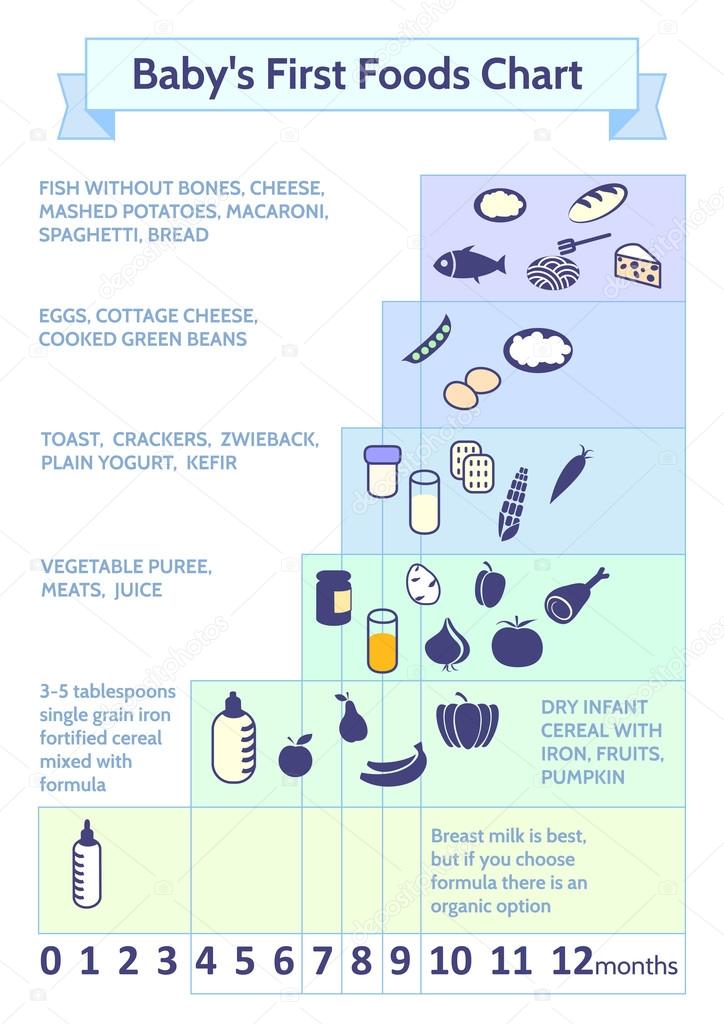
Breastfeeding you baby for 4-6 months is the best way to prevent a milk allergy. Remember that breast milk or formula is higher in nutrition. When you begin to introduce whole milk, you should do so under a doctor’s supervision. Yogurt and soft cheeses are fine, because the proteins in these dairy products are broken down and less likely to cause tummy trouble.
The AAP now advises that, in the case of infants who are at high risk of allergies, peanuts should be introduced between 4-6 months. Infants at highest risk of developing peanut allergies are those with eczema or egg allergies or both. It was originally believed that introducing your baby to the foods when they are older might make any reactions more manageable.
Other potential allergens such as tree nuts and fish should be introduced over a period of time as you introduce your baby to solid foods, between 6 and 9 months
You should wait until at least age 1 (some experts say age 2) to introduce honey, which can cause a potentially serious disease called infant botulism. Ask your pediatrician for guidance.
Ask your pediatrician for guidance.
6 food allergens that should not be given to a child
Other related articles: pediatrician, proper nutrition
-
adenovirus infection
-
Adenoids
-
Autism
-
Autism (RAS)
-
Bronchitis in children
-
Chickenpox
-
windmill parties
-
coxsackie virus
-
Questions to the pediatrician
-
All about diets
-
Flu and SARS
-
Breast milk
-
Dacryocystitis
-
Children's painkillers
-
Diet for nursing
-
Medical examination at 1 year
-
Diphtheria in children
-
For expectant mothers
-
hardening
-
Hardening of children
-
Constipation in children
-
Foreign body of the bronchi
-
Infectious mononucleosis
-
Whooping cough
-
Measles in children
-
Rubella in children
-
Deprive a child
-
false croup
-
Tangerines for children
-
Children's massage
-
Meningococcal infection
-
Pediatrician at home
-
First year of life
-
Baby's first year
-
Nutrition for children 1-3 years old
-
Child nutrition
-
food allergy
-
Defeat the Flu
-
Preparation for vaccination
-
Complementary foods for children
-
Child's bite
-
Walks in the cold
-
Products for longevity
-
Allergen products
-
Teething
-
Rickets in children
-
The baby is ill
-
Rotavirus infection
-
mumps in children
-
Scarlet fever in children
-
Sleep with animals
-
Baby care
-
Phytotherapy in children
-
Enuresis
Any food is capable of causing an allergic reaction, and we cannot exclude absolutely everything. But when we talk about food allergies, we immediately remember the big eight allergens:
But when we talk about food allergies, we immediately remember the big eight allergens:
- Eggs
- Milk
- Soya
- Peanut
- Nuts
- Wheat
- Fish
- Mollusks and crustaceans
Let's take a look at each product individually.
So, eggs. Eggs are recommended to be introduced into the diet from 6-8 months of age. Only fully cooked eggs should be given to children.
Milk. Milk is not recommended for children under one year of age. After a year and up to 5 years, you can include milk in the menu daily.
Soy. Soya is also recommended for consumption from one year. It is worth recalling that any plant milk is not a complete replacement for regular cow's milk.
Peanuts. Peanuts are a common allergen in many developed countries. At the same time, there are a large number of studies that have shown that the introduction of peanut butter at the age of 4-6 months reduces the risk of developing an allergy to it at an older age.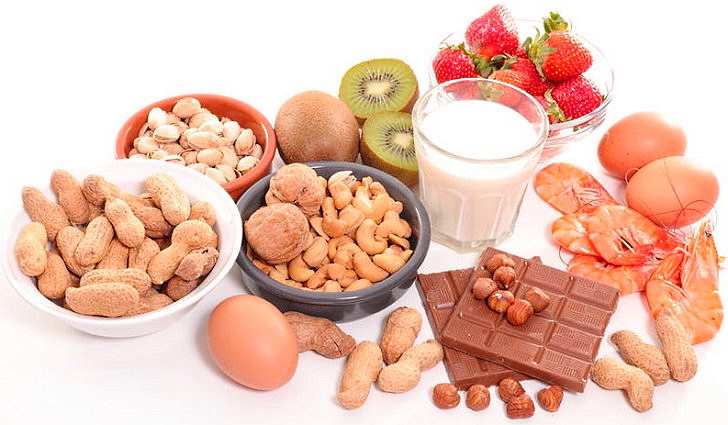 So peanut butter can be consumed from six months.
So peanut butter can be consumed from six months.
Nuts. Nuts are introduced into the diet from the year. It must be remembered that whole nuts or peanuts should not be given to children under five years of age due to the high risk of suffocation.
Wheat. Introduced into the diet from 8-10 months in the form of cereals, pasta, bread, baby cookies.
Fish. We add it to the child's diet from 8-10 months, starting with white fish, from the year you can start introducing red.
Mollusks and crustaceans. "Seafood" can be introduced into the diet of a child from the age of one. The main thing is that they are thermally fully cooked.
Thus, all the most important food allergens of this world can and should be consumed. If you suspect that your child is allergic to any product, you should consult a doctor to understand this issue. But you definitely shouldn’t exclude entire food groups from your child’s diet, since the most varied diet is the key to good health.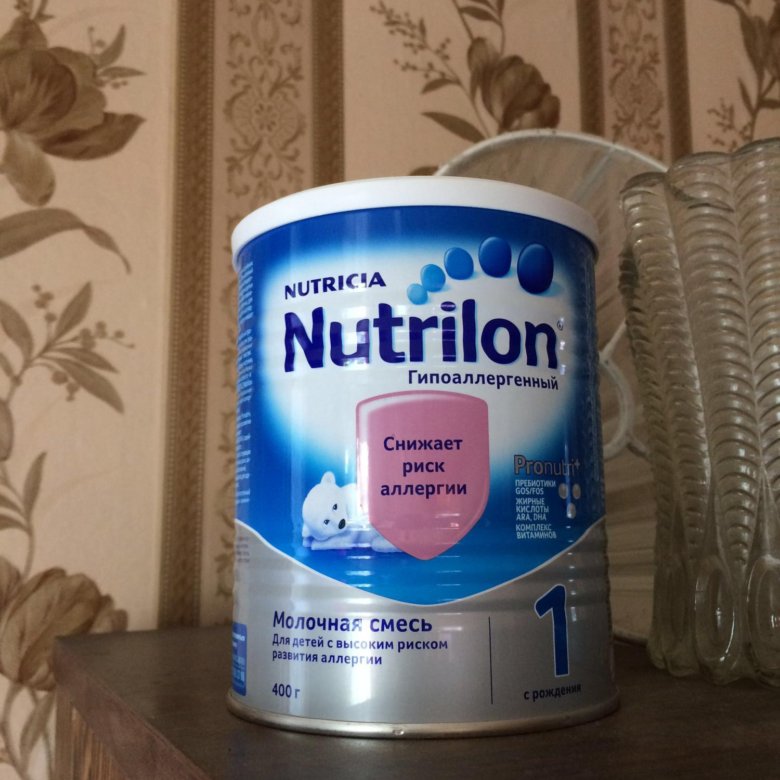
To be fair, there are also foods that contain high levels of histamine or cause it to be released in the body. When eating large amounts of these foods, some children may experience an allergic-like reaction. But this is not a true allergy, and the effect in this case is dose-dependent, that is: if a child eats two tomatoes, and not a kilogram, then nothing will happen.
These products include:
- Eggplant
- Tomatoes
- Pineapple, plum, banana, papaya, kiwi
- Almost all citrus fruits: lemon, lime, orange
- Pickled or preserved foods
- Hard cheeses, aged cheeses
- Smoked products, deli meats: salami, ham, sausages
- Shellfish, seafood
- Beans and legumes, chickpeas, soy flour
- Hazelnuts, walnuts, pine nuts, peanuts, cashews, almonds, pistachios
- Chocolate and other cocoa products
- Most vinegars
If you notice a reaction to any of the above foods, you can try reducing the amount in your diet and find a dose that your child can tolerate.
Food allergy is not that common in practice. This disease occurs in 6-8% of children and 3% of adults. At the same time, most children “outgrow” their allergies, and in adulthood they can safely eat foods previously excluded from the diet.
Still, there is something that should be excluded from the child's diet:
- Sugar up to two years. WHO clearly does not recommend foods containing added sugar for children under two years of age. After two years, it is worth focusing on age norms.
- Salt. It is not recommended to add it to the diet before 9 months. Up to three years - no more than two grams per day. Older than three years - no more than five.
- Honey up to a year. This is not due to its allergenicity, but to the risk of containing spores of the bacterium that causes botulism.
- Nuts, peanuts, whole grapes. Young children are at risk of suffocation with these products.

- Caffeine up to 4-5 years. Not recommended due to its stimulating effect.
- Rice milk up to 5 years. This milk may contain a high concentration of arsenic. This does not apply to rice itself and dishes from it.
- Trans fats. They are not recommended for children, as well as adults, because they increase the risk of CVD, a carcinogenic effect.
- Unwashed vegetables, raw eggs, meat.
- Products with a large amount of preservatives, dyes. It is not recommended to use up to 5-7 years, after - their content in the diet should be minimized.
In summary, we can say that there are no allergenic foods that need to be excluded from a child's diet. The diagnosis of food allergy is confirmed by the doctor, he also recommends a certain diet. And trying to delay the introduction of the most common allergens is not food allergy prevention.
Make an appointment with a pediatrician
For more details, consult a qualified specialist at the Semeynaya clinic.
To find out the prices for a pediatric appointment or other questions, follow the link below:
Labels Proper nutrition Pediatrician
Allergy to baby food in a child: nutrition for infants with allergies
Published: 03/16/2017
Reading time: 4 min.
Number of reads: 31614
Author of the article: Ponomareva Yulia Vladimirovna
Pediatrician, Candidate of Medical Sciences, Allergist-Immunologist
Food allergy is one of the most common health problems in a baby in the first year of life. According to statistics, every third child of this age has manifestations of food intolerance. Many parents are concerned about the question of what this condition is connected with and whether it is possible to avoid the development of an allergy to baby food in a baby.
Content: Hide
- State of the art
- Food allergy
- Major allergens
- Prevention is easier than cure
- Transition period
- Where to start?
- Cereal complementary food for allergy sufferers
- Benefits of industrial baby food
The current state of the problem
In developed countries, a steady increase in allergic diseases is noted annually, not only among children, but also among adults. There is no definitive answer about the reason for the increase in the incidence rate, but the role of factors such as living in large metropolitan areas, the distance of a person from nature, and a decrease in infectious load at an early age is being discussed. The immune system of the child, not receiving infectious stimuli, begins to respond to factors that normally do not cause any reactions - food, pollen or pet hair. In most babies at an early age, allergy manifestations are associated with food intolerance. Typically onset is in children over 3 months of age, with peak incidence at 5–9months. Often the first symptoms are associated with the start of the introduction of complementary foods.
Typically onset is in children over 3 months of age, with peak incidence at 5–9months. Often the first symptoms are associated with the start of the introduction of complementary foods.
Food allergies
Why do babies have so many food allergies? In addition to hereditary predisposition to allergic diseases, the immaturity of the digestive system, early cessation of breastfeeding, and disturbances in the intestinal microbiota play an important role. The introduction of foods with a high allergenic potential into the diet, as a rule, gives rise to the first manifestations of allergies. It is not difficult to diagnose this condition, typical manifestations are itchy skin rashes and disorders of the gastrointestinal tract. Often there is a causal relationship between rashes and the use of a particular product. Allergy symptoms cause anxiety to the baby, disrupt his sleep and quality of life. And the lack of adequate timely treatment increases the risk of further development of respiratory diseases such as allergic rhinitis and bronchial asthma.
Major allergens
Almost any food can cause an allergic reaction, but only a few allergens are responsible for this condition in 90% of cases: cow's milk, chicken eggs, wheat, fish and seafood, soy, tree nuts (peanuts are the most common among them). ). Heat treatment does not lead to a decrease in allergenicity, therefore the most effective method of treatment is to completely eliminate the causative product from the baby's diet. Allergy to several products at once occurs quite rarely, but you need to be aware of the possibility of cross-reactions. So, a baby with an allergy to cow's milk protein has a high risk of reactions to the milk of other mammals and beef, with intolerance to a chicken egg, a reaction to chicken meat is likely, and intolerance to other gluten-containing cereals is possible with a reaction to wheat protein. Cow's milk protein is the most common cause of food allergies, so mothers should follow a strict dairy-free diet if their child develops an intolerance.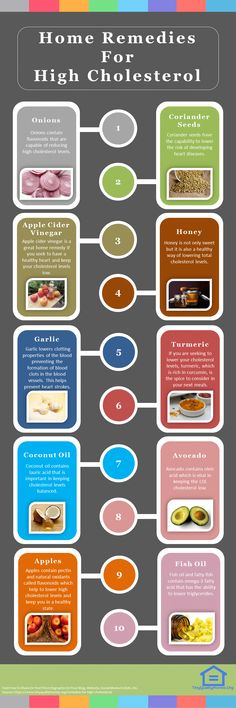 If the baby is bottle-fed, special therapeutic mixtures are recommended in the diet, which are based on the most split milk protein. In addition to the exclusion of dairy products, the timing of the introduction of other strong food allergens - chicken eggs and fish, is being postponed, these products are used in the menu of children older than a year.
If the baby is bottle-fed, special therapeutic mixtures are recommended in the diet, which are based on the most split milk protein. In addition to the exclusion of dairy products, the timing of the introduction of other strong food allergens - chicken eggs and fish, is being postponed, these products are used in the menu of children older than a year.
Prevention is easier than cure
Is it possible to avoid developing allergies to baby food? Indeed, this disease is better to prevent than to cure. Of course, the presence of allergic diseases in the immediate family determines the risk of developing allergies in the child. Therefore, parents at the earliest stages should take care of the prevention of this condition. Modern experts do not recommend a special diet for mom during pregnancy. Her diet should be complete and varied as much as possible, in reasonable quantities she can eat various foods, including unconditional allergens. The baby, even in the womb, begins to get acquainted with the whole variety of food. Unnecessary use of antibiotics during pregnancy should be avoided and, when planning a mode of delivery, only cesarean delivery should be considered when absolutely necessary. These factors play an important role in disrupting the development of the gut microbiota, which in turn increases the risk of allergic reactions. Another key factor is early breastfeeding. If there is a need for artificial feeding or supplementary feeding to a baby at risk of developing allergies, nutrition should be organized on the basis of special preventive mixtures that a specialist can recommend.
Unnecessary use of antibiotics during pregnancy should be avoided and, when planning a mode of delivery, only cesarean delivery should be considered when absolutely necessary. These factors play an important role in disrupting the development of the gut microbiota, which in turn increases the risk of allergic reactions. Another key factor is early breastfeeding. If there is a need for artificial feeding or supplementary feeding to a baby at risk of developing allergies, nutrition should be organized on the basis of special preventive mixtures that a specialist can recommend.
Transition period
The next most important step in the prevention of food allergies is the correct introduction of complementary foods. This is a crucial moment in the baby's life, since on the one hand it is necessary to introduce each product with caution, carefully monitoring possible reactions, and giving preference to low-allergenic products. On the other hand, it is wrong to delay the expansion of the diet. It is important to introduce all major food groups in as much variety as possible between 5 and 8 months. This is the corridor for the formation of an adequate response of the immune system to food products, when it is ready to recognize and accept food, which allows a person to eat these products in subsequent years without the risk of allergic reactions.
It is important to introduce all major food groups in as much variety as possible between 5 and 8 months. This is the corridor for the formation of an adequate response of the immune system to food products, when it is ready to recognize and accept food, which allows a person to eat these products in subsequent years without the risk of allergic reactions.
Where to start?
In infants at risk of developing food allergies, the general recommendations for starting food groups follow the standard approach. That is, complementary foods can be started with vegetables or cereals. Vegetable complementary foods would be preferable in a child with functional digestive disorders with a tendency to stool retention. Low-allergenic green and white vegetables such as squash, cauliflower, and broccoli are good choices.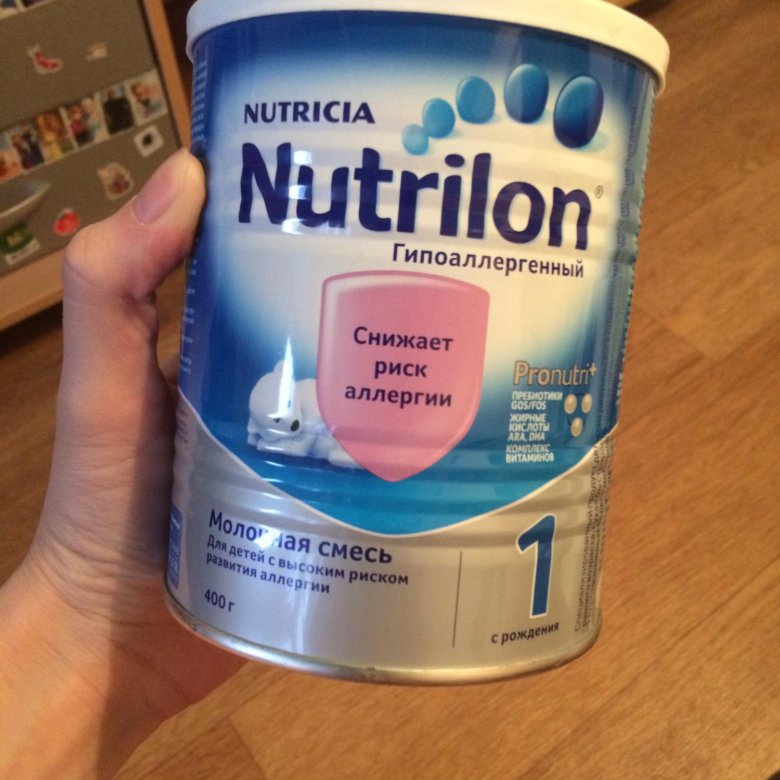 The first vegetable complementary foods should not contain salt, sugar and prepared without adding milk. In other cases, in children with food allergies or the risk of their occurrence, cereals are the best option for starting complementary foods. Why cereals? Under the conditions of compliance with a hypoallergenic diet by the mother and forced restrictions on the child's diet, cereals, as a source of essential nutrients, vitamins and minerals, significantly increase the nutritional, biological and energy value of the diet.
The first vegetable complementary foods should not contain salt, sugar and prepared without adding milk. In other cases, in children with food allergies or the risk of their occurrence, cereals are the best option for starting complementary foods. Why cereals? Under the conditions of compliance with a hypoallergenic diet by the mother and forced restrictions on the child's diet, cereals, as a source of essential nutrients, vitamins and minerals, significantly increase the nutritional, biological and energy value of the diet.
Complementary cereals in the diet of allergy sufferers
Can a child with an allergy or a predisposition to develop it have any porridge? Of course, not any. Dairy-free and gluten-free products are introduced as the first cereal food. Whole cow's milk, due to the high risk of food intolerance, is excluded from the diet of this group of children at least until the end of the first year of life. Accordingly, porridge is prepared on the basis of mother's milk, a specialized mixture or baby water without the addition of salt and sugar.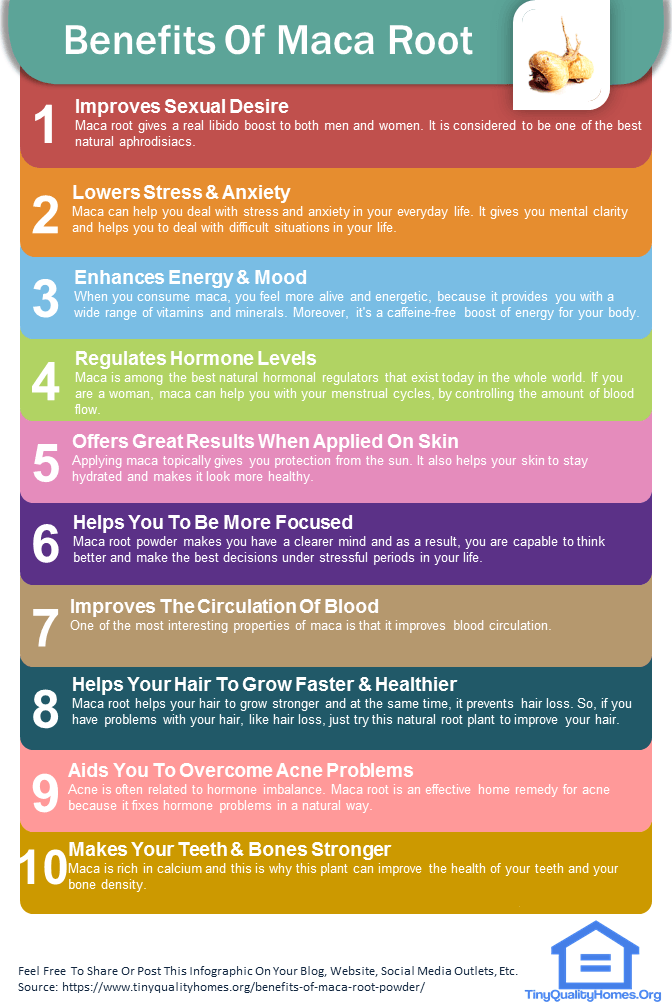 Gluten-free cereals include buckwheat, rice and corn. How to cook porridge based on mother's milk in order to preserve all the valuable biological substances? Cooking is certainly detrimental to the protective antibodies, enzymes, hormones, and beneficial bacteria found in breast milk. Therefore, the best solution is to use commercially produced instant cereals for baby food. Mother's milk or a specialized formula can be heated in a water bath to 40 ° C, add the dry part in accordance with the manufacturer's recommendations and quickly get a ready-to-eat meal, preserving all the most valuable for the baby's health.
Gluten-free cereals include buckwheat, rice and corn. How to cook porridge based on mother's milk in order to preserve all the valuable biological substances? Cooking is certainly detrimental to the protective antibodies, enzymes, hormones, and beneficial bacteria found in breast milk. Therefore, the best solution is to use commercially produced instant cereals for baby food. Mother's milk or a specialized formula can be heated in a water bath to 40 ° C, add the dry part in accordance with the manufacturer's recommendations and quickly get a ready-to-eat meal, preserving all the most valuable for the baby's health.
Benefits of industrial baby food
In addition to being quick and easy to prepare, modern industrial baby food products meet high quality and environmental standards. The Bebi Premium product line "Porridges for the first feeding" is a good choice for babies with food allergies or a predisposition to them. It is preferable to start with a subgroup of low-allergenic cereals from this line.

